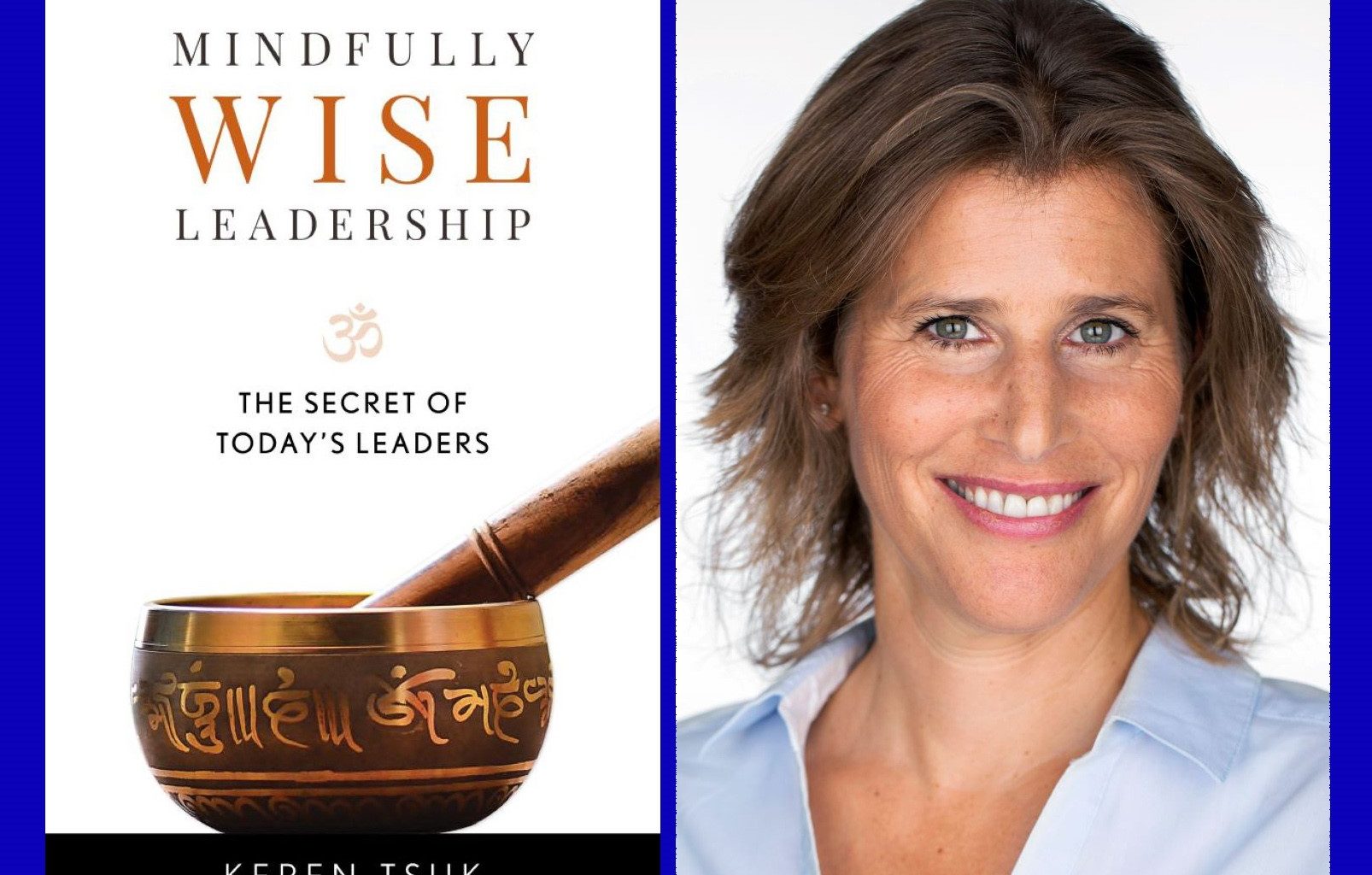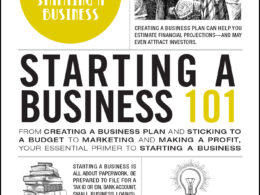Excerpted from “Mindfully Wise Leadership: The Secret of Today’s Leaders” by Keren Tsuk. Copyright 2021 by Rowman & Littlefield Publishers.
Mindful leadership enables us, as managers, to be mindful to ourselves, employees, customers, and the changing market needs—and from this place create workplaces that engage talented people and enable them to thrive, be creative, and innovate.
We live in a hectic reality and an intriguingly extraordinary period, and we find ourselves perpetually challenged. We are in the midst of a transformation; the Coronavirus pandemic is transforming the way we live as well as the economic and business world.
As managers who want to run successful, creative, and innovative organizations, we need to be flexible in our thinking and be able to rapidly adjust and adopt new tools to motivate our organizations to be at the cutting edge; mindfulness allows that to take place.
While there is a myriad of ways to engage employees, leaders must do it from a place of meaning, purpose, intrinsic motivation, and connection.
Give space to feelings.
The ability to engage employees and allow them to feel meaning and satisfaction at work happens through mindfulness. This takes place by giving space to employees’ deep feelings and emotions rather than using cynical and manipulative means to use and control employees. Normative controls in traditional leadership seek to blur the boundary between the employee’s self and the organization to achieve maximum commitment to the organization and identification with it. Normative control encourages people to internalize high expectations and blurs the boundary between the employee’s true feelings and what the company expects the employee to feel. This may create self-alienation, inauthenticity, and burnout among employees; it does not give them a sense of liberty, freedom of choice, belonging, and meaning. Control is functional and uses the employee merely as a tool for bringing profit to the organization, and employees know it is happening. It simply doesn’t work.
Re-evaluate your values.
When meaning and values begin to disappear from work, so does motivation. We have our own values, ones we’ve built a lifetime working toward. This is our mission; this is what is important to us. The problem with values is that we only “value” the good things: innovation, respect, honor. We don’t value being told we’re wrong. We don’t value learning. We don’t value putting in the work. We don’t always value the behaviors that lead to mindfulness, because we haven’t done the hard work of self-awareness, other-awareness, and intention building. We don’t value the real changes we need to make as a result of being off course in the first place. We hate being wrong.
A mindful leadership process should be viewed as an interactive process of influence and learning.
Employees long to grow and develop both professionally and personally. This means values such as passion, meaning, vision, and a higher purpose are becoming drivers for engaging employees and motivating them to remain loyal. People are no longer willing to work at any cost at any job; jobs that reflect employees’ deep inner values are highly prized and sought out. Additionally, the increasing pressure of global competition has led organizations to recognize that they increasingly face great competition for their talented employees.
Knowing all of this, a mindful leadership process should be viewed as an interactive process of influence and learning.
Grow and evolve through learning as experience.
Whenever you learn a new skill at work, you adopt it at the pace of what’s called the learning curve. It’s slow at the beginning, no matter what field you are in. Newer research suggests that the learning curve can no longer be described in terms of sequential development that eventually leads to mastery, or something that can be achieved within the confines of a training program or workload. Self-beliefs and perceptions affect how the learning curve progresses: Stresses, burnout, and imposter syndrome all factor into whether this curve progresses at its normal upward rate. Job insecurity is associated with decreases in self-rated performance and the ability to adopt new information.
Allowing people, allowing ourselves, to question what we know and build on real-life practices accelerates the process. We create our own personal learning strategies when we have agency to be authentic. This happens through finding meaning in our work (through learning as experience); community (through mutual engagement, joint enterprise, and shared repertoire); identity (through learning and use of shared resources); and practice (shared goals and learning as doing).
We know that mindfulness works. But not all companies are taking note. They should. In light of this changing dynamic, new and mindful leadership is required.
“Mindfully Wise Leadership” can be purchased via StartupNation.com below.






